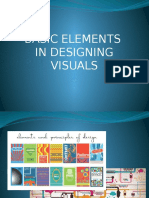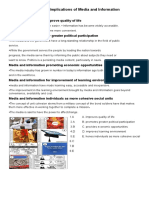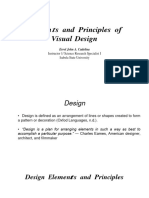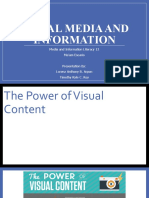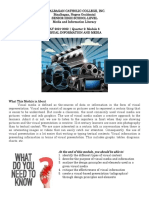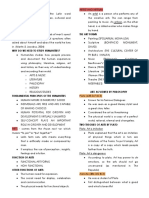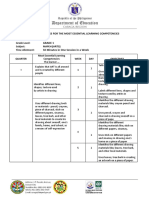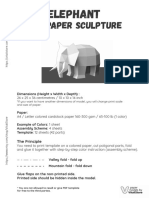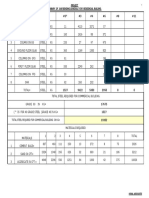0% found this document useful (0 votes)
86 views20 pagesVisual Design Tools & Principles
The document discusses various visual design tools including vector graphics programs like Adobe Illustrator and image editing programs like Photoshop. It provides examples such as iDraw and OmniGraffle as inexpensive alternatives to Illustrator for Mac users. The document also discusses understanding visual texts by identifying design elements, principles, images, words, typography and layout used. It emphasizes bringing background knowledge to interpret the context and intended meaning of visual designs.
Uploaded by
Andrei RicafortCopyright
© © All Rights Reserved
We take content rights seriously. If you suspect this is your content, claim it here.
Available Formats
Download as PPTX, PDF, TXT or read online on Scribd
0% found this document useful (0 votes)
86 views20 pagesVisual Design Tools & Principles
The document discusses various visual design tools including vector graphics programs like Adobe Illustrator and image editing programs like Photoshop. It provides examples such as iDraw and OmniGraffle as inexpensive alternatives to Illustrator for Mac users. The document also discusses understanding visual texts by identifying design elements, principles, images, words, typography and layout used. It emphasizes bringing background knowledge to interpret the context and intended meaning of visual designs.
Uploaded by
Andrei RicafortCopyright
© © All Rights Reserved
We take content rights seriously. If you suspect this is your content, claim it here.
Available Formats
Download as PPTX, PDF, TXT or read online on Scribd
/ 20







